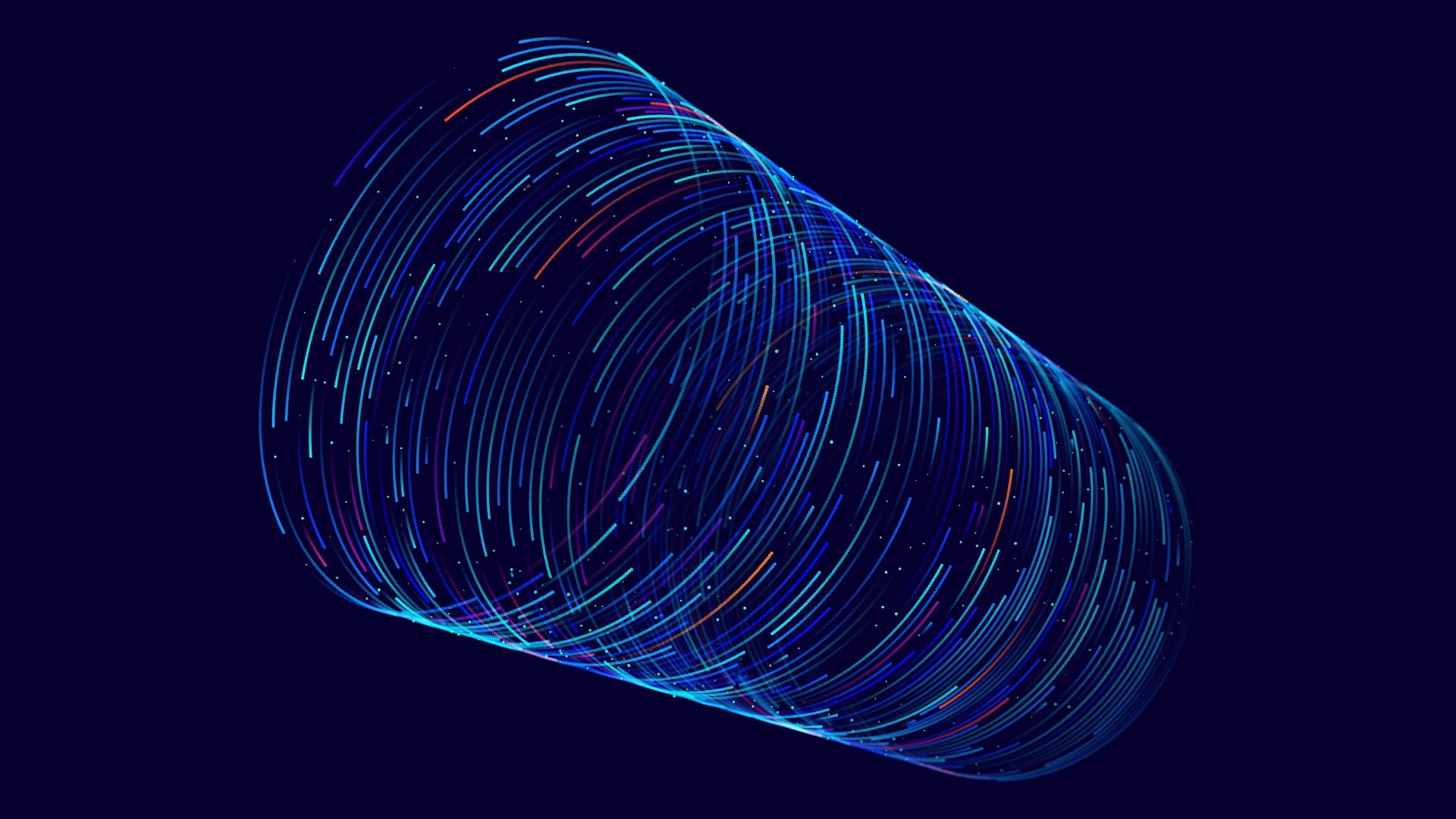
New data visualisation techniques have shown that the metaverse is developing into a slightly curved cylinder, which has huge implications for anyone developing for it.
While stories about the metaverse have been currently overtaken by those about ChatGPT, there’s no doubt that it is still there, still swallowing large amounts of R&D money, and only one low-cost headset release away from making it back to the top of the news agendas once more.
In a startling breakthrough by a US team of researchers, however, it has been revealed that the emerging data topography of the metaverse is bending itself into a distinct shape; both elongating and rising at the edges to start to form a long, slightly curved cylinder.
And this matters because the metaverse was always meant to be a flat topographical surface with all points equidistant. But as the cylinder grows ever larger, with exobytes of data being added in a continual stream, this means that the routing of connecting Point A to Point B starts to matter.
“We are going to have to start getting used to directionality in the metaverse,” says Dr April Primis who led the team of researchers assembled from across US academia and various research institutes that made the discovery. “As the data inflation continues, it will be quicker to interconnect points across the volume of the cylinder than it will be to traverse along its surface. Our concern is that this means that different locations are going to be worth more or less in connectivity terms, and we might start to see the start of a virtual property boom — and associated bust cycle — begin in cyberspace.”
While analysts have pointed out that this means Facebook-owner Meta might finally be in a position to make some money out of its metaverse ventures, there is uncertainty about how and why the data is arranging itself in this particular configuration.
“Our best guess is that data stored at the edges is somehow seen as lighter and more insubstantial by the emergent system than the material that comprises the core,” says Dr Primis. “We’re calling this, without any irony, the fluffy cloud effect. With more data being added all the time, the result is a lengthening surface where the edge data is rising and starting to meet up overhead of the original uploads that can date back to the 1990s. This gives it its distinctive shape, with the sheer weight of TikTok videos alone bowing down the ends somewhat.
“In fact, she continues, “to be honest, looking at the latest visualisation it looks more like a sausage than anything, so another theory that we are working on is that a mispronounced variant of the universal law of nominative determinism might be in operation here. That would mean we should perhaps start to think of the emerging virtual space less as the metaverse and more as the metawurst.”

Banger: Shutterstock
Tags: Technology


Comments